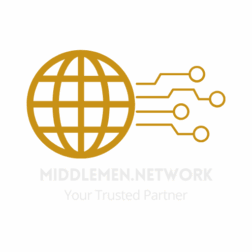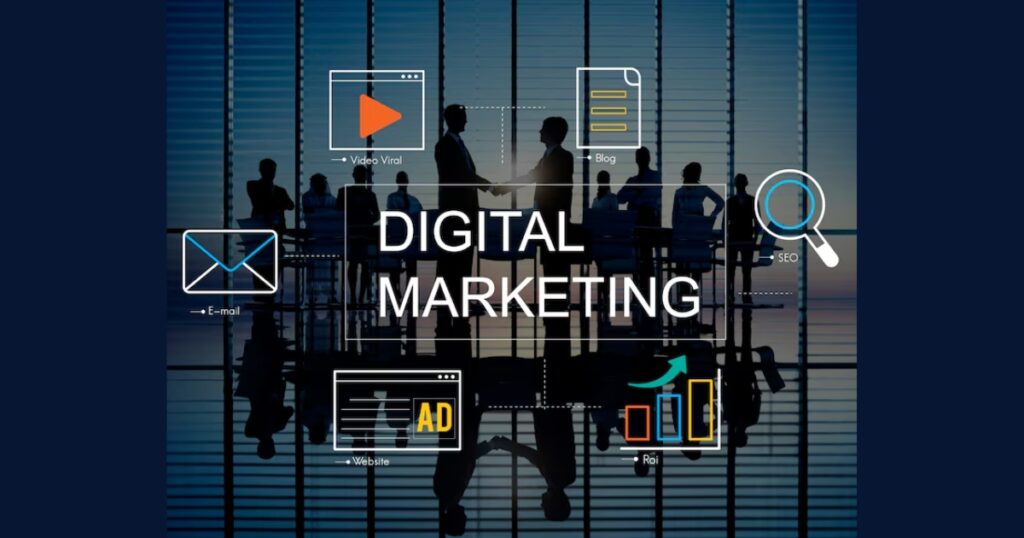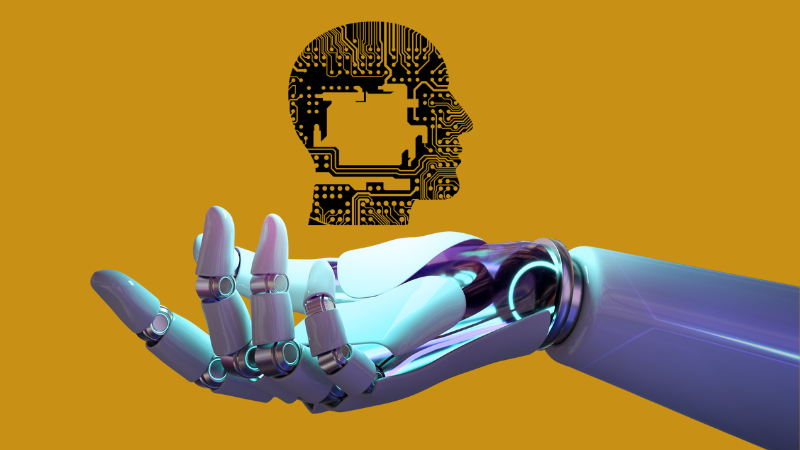Explore the most innovative strategies in digital marketing and discover practical tips to increase sales and enhance your brand’s online performance.
Latest Trends in Digital Marketing to Boost Sales in 2025
In the fast-paced world of digital marketing, 2025 is shaping up to be a transformative year. Driven by evolving consumer behavior, emerging technologies, and a saturated digital ecosystem, brands must now go beyond traditional strategies to stay competitive. The latest trends not only emphasize personalization and data-driven decisions but also highlight the critical role of artificial intelligence, immersive content, and new platforms in shaping buying decisions.
The Rise of AI-Driven Personalization
Artificial Intelligence (AI) is no longer a futuristic concept—it’s an essential tool for modern marketers. From predictive analytics to dynamic content generation, AI enables brands to deliver hyper-personalized experiences at scale. Tools like ChatGPT, Jasper AI, and Meta’s Advantage+ are being used to automate customer interaction, tailor messaging in real time, and optimize campaigns with minimal manual input.
According to a recent survey by Statista, 61% of marketers reported higher ROI on campaigns that utilized AI-driven personalization. This not only improves customer satisfaction but also significantly increases conversion rates.
Social Media is Getting Smarter—and Smaller
While major platforms like Instagram, TikTok, and LinkedIn continue to dominate, 2025 is seeing a shift toward niche and community-focused platforms. Channels like BeReal, Geneva, and Lemon8 are gaining traction among younger audiences seeking authenticity and privacy.
At the same time, social media algorithms are favoring short, engaging, and interactive content. Brands are investing more in Stories, Reels, and live video sessions to maintain attention and foster genuine engagement. Influencer partnerships are evolving too—micro and nano influencers (with 1K to 50K followers) are proving more effective in driving trust and targeted results than larger influencers.
Immersive Content and Virtual Experiences
The line between online and offline marketing continues to blur with the integration of immersive technologies like Augmented Reality (AR), Virtual Reality (VR), and 360° video. These tools allow consumers to “try before they buy” in a virtual environment—enhancing confidence and reducing returns in sectors such as fashion, home décor, and cosmetics.
Brands like IKEA, L’Oréal, and Warby Parker are leveraging AR-powered apps that let users visualize products in real-time before making a purchase decision.
First-Party Data and the Decline of Cookies
With privacy regulations tightening globally and Google phasing out third-party cookies, companies are being forced to rethink their data strategies. First-party data—collected directly from users—has become the gold standard. Email newsletters, loyalty programs, website interactions, and direct surveys are now key sources of valuable insights.
Marketing automation platforms like HubSpot, Klaviyo, and Salesforce are enabling brands to harness this data to create smarter segments, deliver relevant messages, and retain customer loyalty in a privacy-conscious world.
Voice Search and Visual Search on the Rise
With over 50% of searches now performed using voice assistants like Alexa and Google Assistant, optimizing content for voice search is critical. This means focusing on conversational keywords, local SEO, and FAQ-style content.
Meanwhile, visual search tools powered by AI—such as Google Lens and Pinterest Lens—are transforming how people discover products. Brands that incorporate high-quality imagery and metadata are more likely to appear in visual search results, leading to higher traffic and engagement.
Recommendations to Boost Sales with Digital Marketing
-
Invest in Omnichannel Presence: Ensure your brand is visible across multiple platforms—website, social media, email, and even marketplaces like Amazon and Etsy. A unified brand voice and seamless customer journey are essential.
-
Leverage Automation and AI: Use automation tools to streamline your email marketing, social media posting, and customer segmentation. AI can help predict buying behavior and improve campaign efficiency.
-
Focus on Customer Experience: Personalize every touchpoint. Use data to understand your customer’s journey and adjust messaging accordingly. A strong user experience equals higher conversion.
-
Use Video and Interactive Content: Videos, quizzes, polls, and live chats can significantly increase engagement. Interactive content not only informs but also involves the user, building stronger brand affinity.
-
Test and Optimize Continuously: A/B test everything—from subject lines to landing pages. Use analytics tools to measure performance and adjust strategies based on real-time feedback.
-
Prioritize Mobile Optimization: With more than 70% of users browsing via mobile, your content and checkout processes must be optimized for smartphones and tablets.
Looking Ahead
The digital marketing landscape will continue to evolve rapidly. Brands that embrace innovation, respect user privacy, and prioritize authentic engagement will lead the way. In an era where attention is the new currency, staying ahead of the curve isn’t optional—it’s a necessity.



